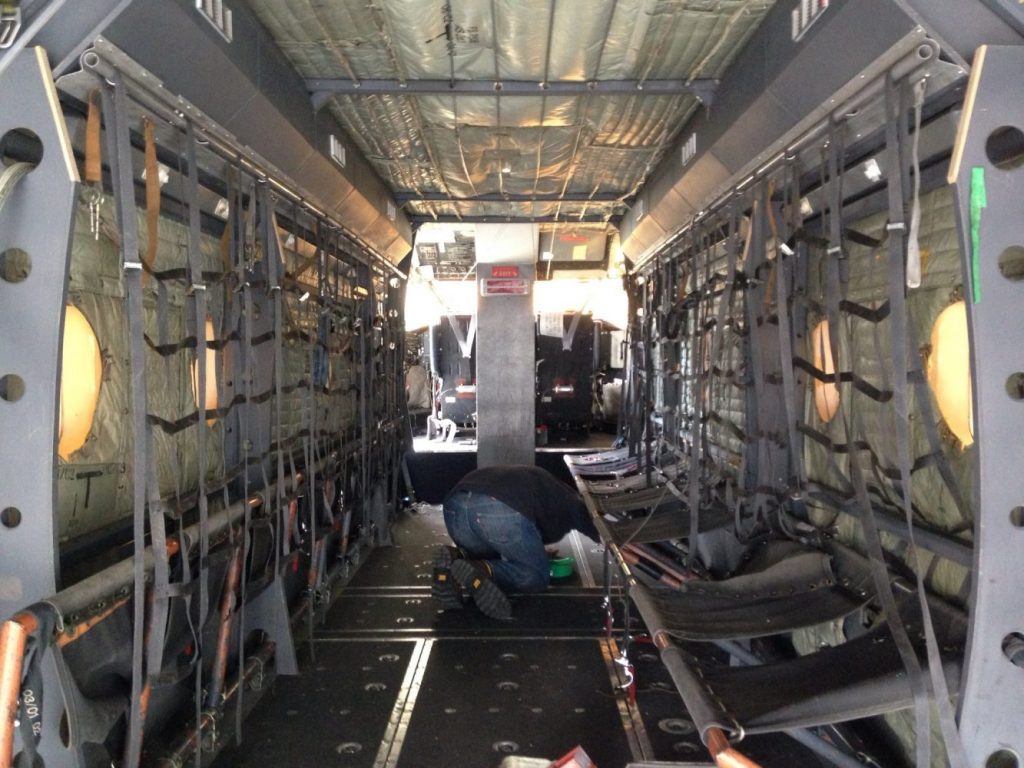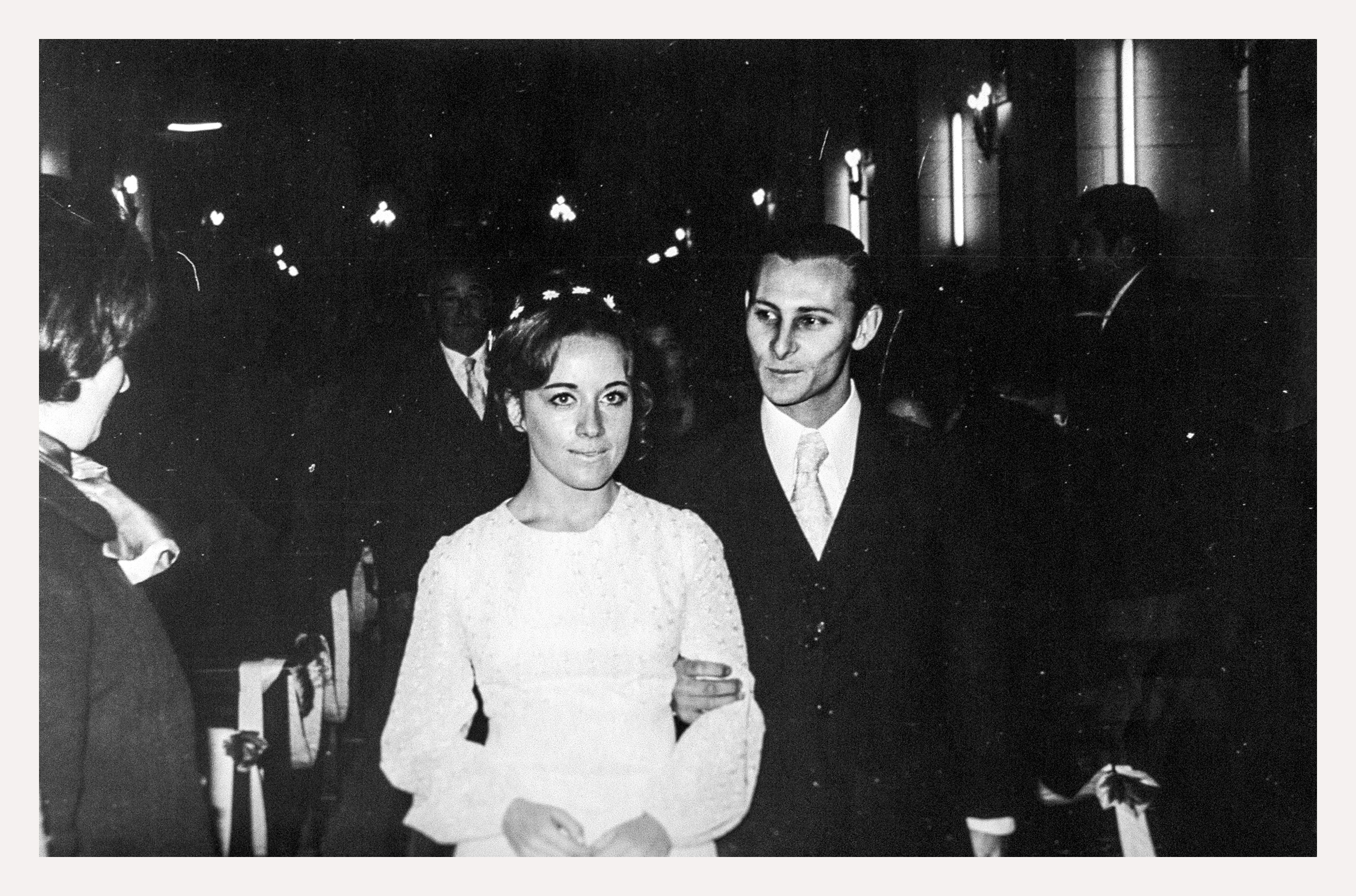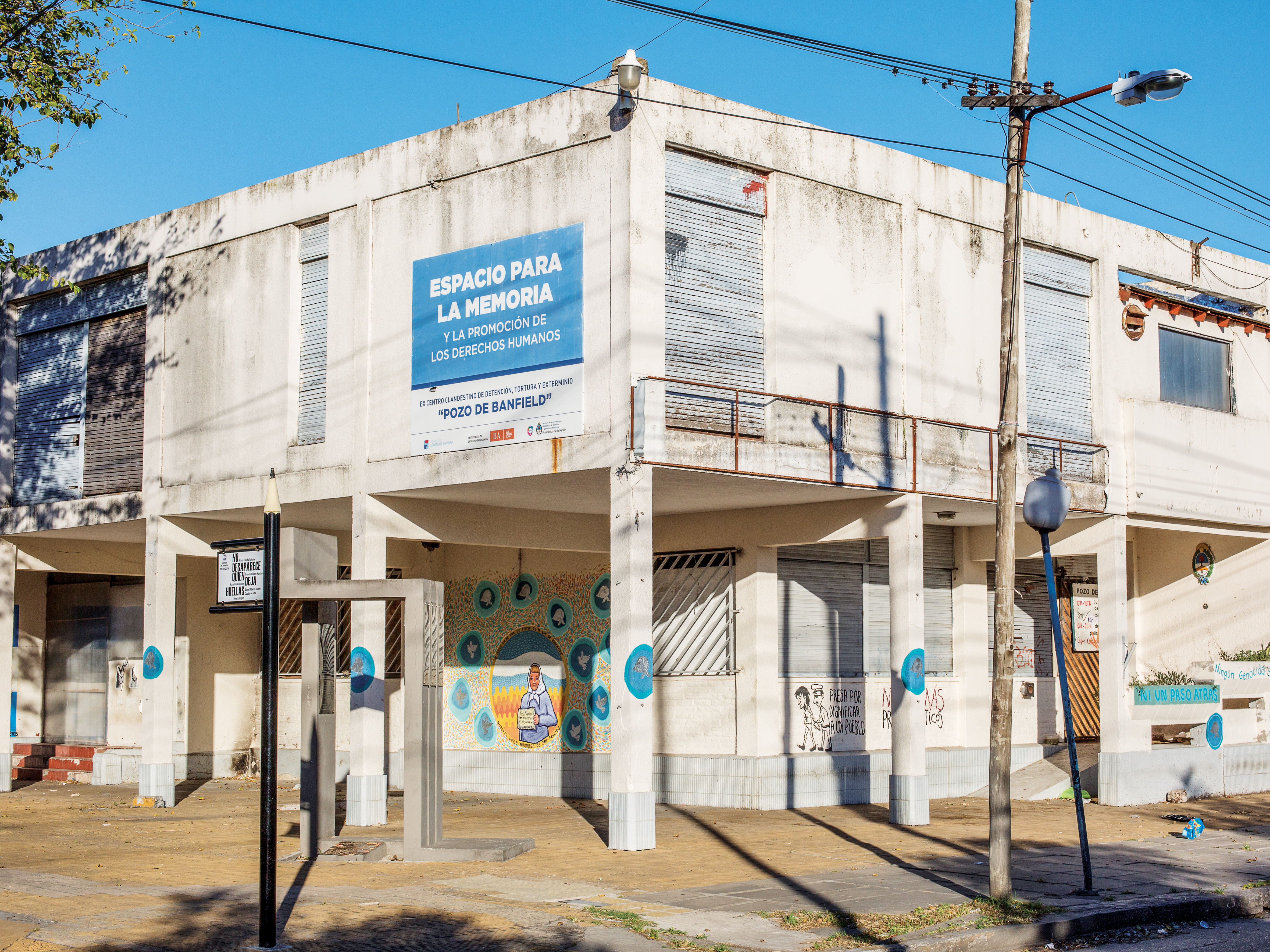Latin America
Related: About this forumArgentine dictatorship's 'death flight' plane returned home for a historical reckoning
Flying from Florida to Buenos Aires usually takes about 10 hours
By DANIEL POLITI - Associated Press 4 hrs ago
Natacha Pisarenko - staff, AP Jun 24, 2023 Updated 3 hrs ago
- click for image -
https://tinyurl.com/yckczhh5
Members of human rights organizations walk alongside one of the planes that carried out "death flights," when detainees were tossed out into the sea during Argentina's last military dictatorship, on the tarmac of the Jorge Newbery international airport in Buenos Aires, Argentina, Saturday, June 24, 2023. The plane that had been located in the US arrived in Argentina's capital Saturday and will eventually be transferred to the the Museum of Memory set up in the former illegal detention center known as ESMA.
Natacha Pisarenko - staff, AP
BUENOS AIRES, Argentina (AP) — Flying from Florida to Buenos Aires usually takes about 10 hours, but the turboprop landing in Argentina on Saturday was no normal plane. It had been en route for 20 days, and many Argentines eagerly refreshed flight tracking software to keep tabs on its progress.
The Short SC.7 Skyvan carried no crucial cargo nor VIP passengers. Rather, the plane will be another means for Argentines to reckon with the brutal history of their country's 1976-1983 military dictatorship.
The plane, which was discovered in the U.S., is the first ever proven in a court to have been used by Argentina’s junta to hurl political detainees to their deaths from the sky, one of the bloody period’s most cold-blooded atrocities.
Argentina’s government will add the plane to the Museum of Memory, which is in what was the junta's most infamous secret detention center. Known as the ESMA, it housed many of the detainees who were later tossed alive from the “death flights” into the ocean or river
More:
https://www.gloucestertimes.com/news/national_world_news/argentina-death-flights-plane/image_03c8c601-ad4b-53ae-a8ef-370b781f5a44.html


Interior
Judi Lynn
(162,384 posts)Far-right leaders want to erase the memory of the junta’s disappeared. The fight to remember them is now in the hands of Argentine youth.
APRIL 30, 2022, 7:00 AM
By Lucía Cholakian Herrera

Art collectives take their performances to the street in Buenos Aires at a march to commemorate the Day of Remembrance for Truth and Justice on March 24, as they do each year on this date. MILI MORSELLA PHOTOS FOR FOREIGN POLICY
BUENOS AIRES—On March 24, Victoria Montenegro, a 46-year-old member of the Buenos Aires City Legislature, arrived at the Avenida de Mayo with her son and grandson. For the first 24 years of her life, Montenegro lived by a different name: María Sol Tetzlaff. She was one of the more than 500 babies who were kidnapped by the military or born to imprisoned parents during a right-wing dictatorship from 1976 to 1983. Deprived of their identity, these children were raised in military families or given up for adoption to couples who were, in most cases, aware of the babies’ origin.
Montenegro was 2 weeks old when Lt. Col. Hernán Tetzlaff seized her whole family. The military disappeared her parents, Roque “Toti” Montenegro and Hilda “Chicha” Torres, who were communist guerrilla militants. Chicha was never found; Toti’s remains were identified by the Argentine Forensic Anthropology Team in 2012: He was thrown into the river during the infamous vuelos de la muerte (“death flights”) operation. Victoria lived for 24 years with the Tetzlaff military family, under a different name, without having any idea of her roots.
After an advocacy group tracked her through a whistleblower’s information, Victoria had her identity restored in 2000. Her son, Gonzalo Tarelli, was only 8 years old at the time, but even then, he saw his family change before his eyes: His grandfather was no longer the loving family member he had known, Tarelli told Foreign Policy, and he and his mother flew to the northern province of Salta, Argentina, to meet their new family. His mother changed her name back to the one her parents had given her at birth.

Gonzalo Tarelli marches with his mother, Victoria Montenegro, and his son, Noah, in Buenos Aires on March 24.
Now, the family was joining tens of thousands of demonstrators who came to march at Buenos Aires’s Plaza de Mayo to commemorate the Day of Remembrance for Truth and Justice, which is held on the anniversary of the 1976 coup, when the military installed a right-wing junta and killed or disappeared more than 30,000 people as part of its systemic plan to exterminate any left-wing political beliefs.
More:
https://foreignpolicy.com/2022/04/30/argentina-disappeared-history-military-dictatorship-abuelas-memory-human-rights/
Judi Lynn
(162,384 posts)MARCH 30, 2017
During Argentina’s military dictatorship, some 500 babies were born in secret torture centers or kidnapped. A group of grandmothers spent the next four decades searching for them, becoming activists, then icons. But hundreds remained missing. One of them was named Martín.
By Bridget Huber
Photographs by Sarah Pabst
When Stella Montesano went into labor in December 1976, the other detainees on her cellblock pounded on the walls and doors to alert the guards. About six weeks earlier, a squad of masked men with guns had come to the apartment where Stella lived with her husband, Jorge Ogando, in La Plata, Argentina. The men threw hoods over Stella’s and Jorge’s heads, handcuffed them, and dragged them out the door just after dawn. They left the couple’s 3-year-old daughter, Virginia, behind in her bed.

Stella and Jorge's wedding, 1972
Stella and Jorge were taken to a secret prison about 30 miles away. The detention center, known as the Pozo de Banfield, or the Banfield Pit, was one of a circuit of torture centers operated by the army and police. Jorge and Stella — a bank employee and a lawyer, respectively — were both in their late 20s. The other detainees included a group of teenagers who’d been campaigning for a student discount on bus fare, a journalist, a transgender woman, and a member of an armed leftist group. The prisoners were kept tightly bound, blindfolded, and half-naked on the floor. Many had been badly beaten or had burns in their mouths and on their genitals from being shocked with electricity during interrogations. Rape and mock executions were routine. The prisoners would go days without eating, forced to piss and defecate on the floor.
Those who survived would later recall mostly sounds and sensations — a blasting radio that didn’t quite conceal the screams of people being tortured, a thirst so overwhelming it drove one woman to drink urine, the ominous boot steps of guards on the stairs. Some would recall another sound, too — the cries of newborn babies.
Stella gave birth in the prison’s kitchen, attended by a doctor, Jorge Antonio Bergés. Bergés presided over torture sessions in several secret prisons, survivors would later testify — he’d revive people so they could be tortured again — but he took particular interest in the pregnant detainees. He called them “jewels” and assigned other prisoners to watch over them. He’d tell the guards not to rape them, to rape other women instead.
Stella was handcuffed and blindfolded for much of her labor. But the baby was born healthy; a boy with light hair and blue eyes, who looked just like Virginia had when she was born. When asked what she wanted to call him, Stella said Martín — the name she and Jorge had picked weeks earlier. Several days later, Stella returned to the cellblock, despondent and sick with an infection. The guards had taken the baby, saying they’d bring him to her family. But Stella had managed to keep a piece of Martín’s umbilical cord. The prisoners passed it from hand to hand, cell to cell, until it reached her husband, Jorge. It was all he would ever know of his son.

Pozo de Banfield, the detention center where Stella and Jorge were detained and Martín was born. It has been dedicated a memorial.
. . .
Some 500 children are thought to have disappeared during the dictatorship. Some were stolen when their parents were abducted, but most were born in Argentina’s torture centers. After women gave birth, they were considered as worthless as any other prisoner. In the Pozo de Banfield, the guards often made new mothers clean the makeshift maternity room right after delivery. Some postpartum women were dropped from planes into the Río de la Plata’s turbid waters; others were executed and dumped into mass graves or burned in the crematoriums that operated day and night. In a final erasure, the dictatorship’s operatives stripped the women’s babies of their identities — many were kept as spoils of war by people close to the regime. Others were abandoned at orphanages or sold on the black market.
More:
https://story.californiasunday.com/the-living-disappeared/
Kid Berwyn
(17,999 posts)The United States led Argentina and other South American nations in the use of terror, including the mass murder of liberal and leftist politicians, military leaders and civilians.
https://nsarchive.gwu.edu/events/operation-condor-1975-1980
Money trumps peace.
IbogaProject
(3,650 posts)They were hoping for "Chopper Rides" for their perceived enemies. On the side of justice and closure, my wife worked for their Forensic Anthropology group which was the first modern group sorting out massacre sites. https://eaaf.org/ I know the group's founder, as she was a mutual friend with a professor my wife grew up with and is still friends with.